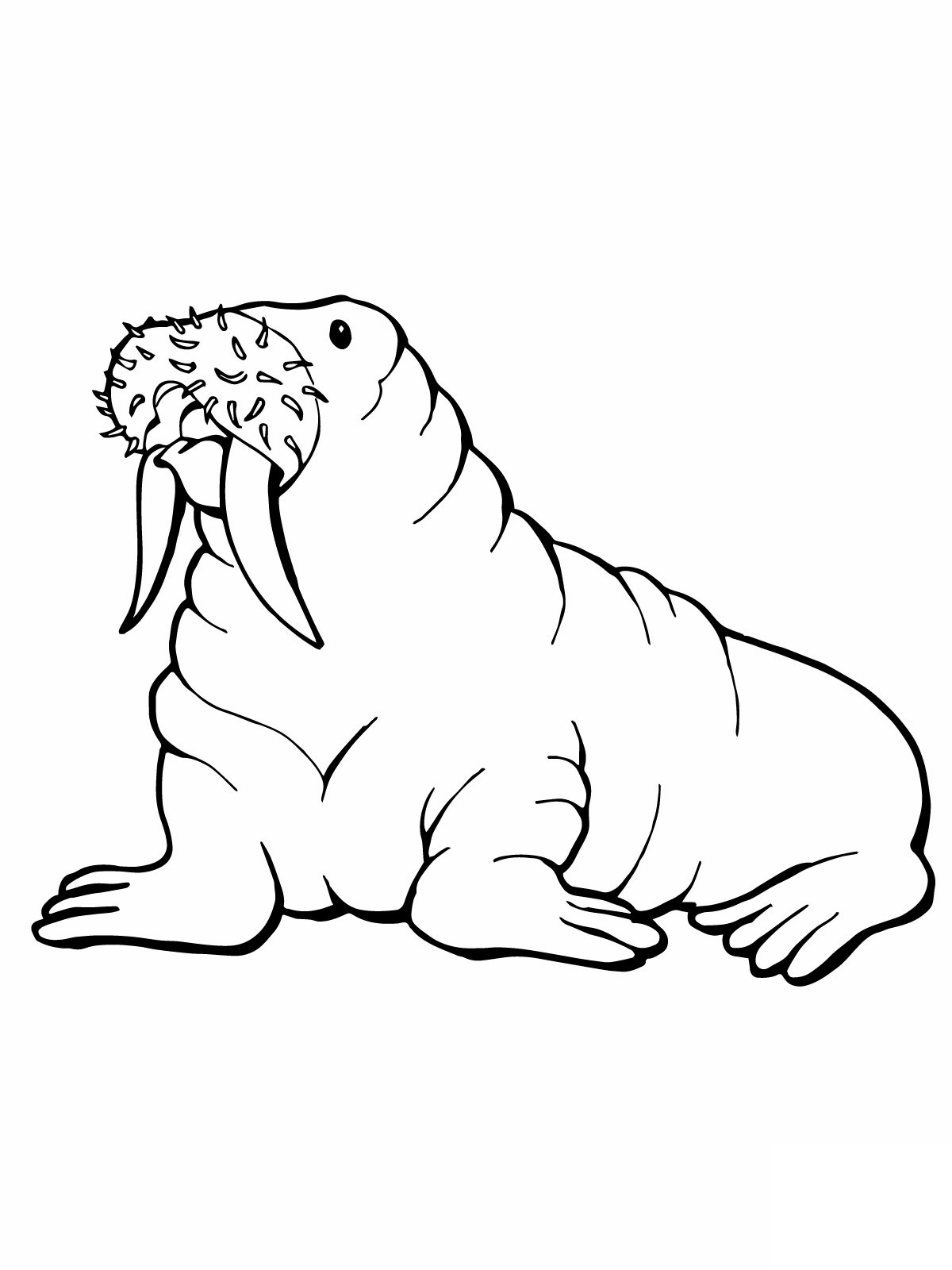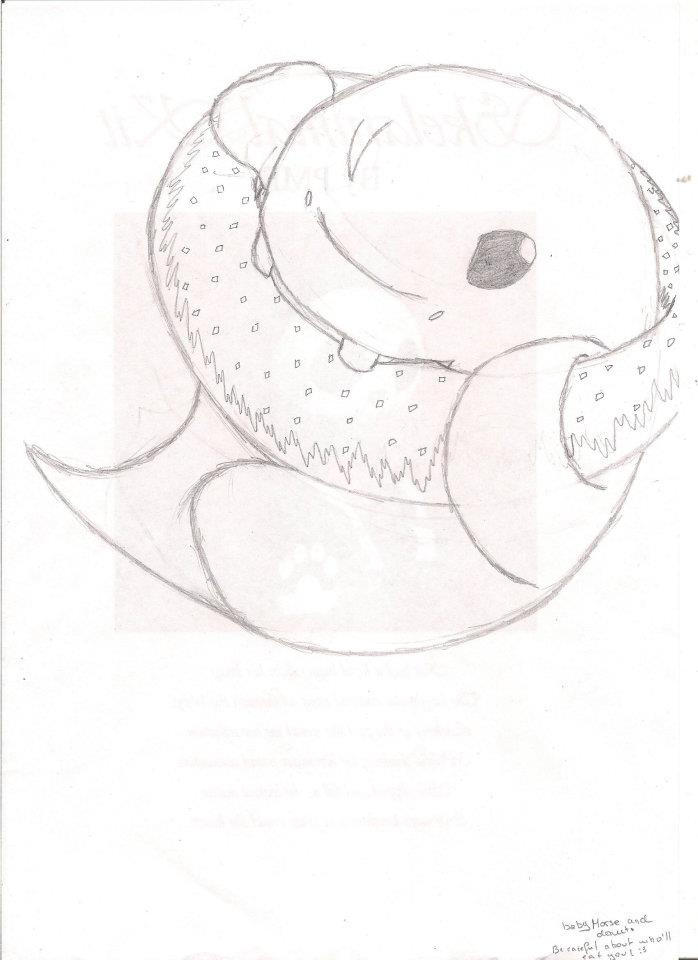What makes the arrival of a baby walrus at an aquarium or marine park so significant? The birth or rescue of these creatures represents not only a triumph in conservation efforts but also highlights the intricate balance required to sustain marine life. In recent years, several marine parks and aquariums across the United States have welcomed baby walruses into their care. These events are more than just heartwarming stories; they signify advancements in marine biology, animal welfare, and public awareness about the importance of preserving endangered species.
SeaWorld Orlando recently announced the birth of a new baby walrus, adding another member to its marine family. The calf, born on July 3, is Kaboodle's second Pacific walrus offspring. Weighing in at 150 pounds, the female calf joins her father Garfield in the park's marine habitat. Kaboodle, aged 16, gained approximately 300 pounds during her gestation period, which typically lasts between 15 and 16 months. This event underscores SeaWorld's commitment to breeding programs aimed at conserving marine species. Similarly, other institutions such as the New York Aquarium and Alaska SeaLife Center have played pivotal roles in rescuing and rehabilitating orphaned walruses.
| Bio Data | |
|---|---|
| Name | Kaboodle |
| Age | 16 years |
| Species | Pacific Walrus |
| Weight Gain During Pregnancy | Approximately 300 pounds |
| Offspring | Second calf, female |
| Mate | Garfield |
| Institution | SeaWorld Orlando |
Another notable instance involves Mitik, a 15-week-old walrus who was airlifted from Alaska to the New York Aquarium. Weighing 234 pounds, Mitik arrived in Brooklyn after being discovered abandoned off the Alaskan coast. The journey took place aboard a FedEx cargo jet accompanied by a veterinarian. Since arriving, Mitik has adapted well to his new surroundings, spending much of his time swimming, playing, and vocalizing—a sign that he is thriving under the care provided by aquarium staff.
Rescue missions like those undertaken for Mitik often involve collaboration among multiple organizations. For example, SeaWorld San Diego sent a specialist to assist with caring for a newborn walrus calf found alone near Alaska's coastline. Such partnerships demonstrate how expertise can be shared across distances to ensure optimal care for vulnerable marine animals. Furthermore, these efforts raise public consciousness regarding threats faced by wildlife due to climate change and human activity.
In Seward, Alaska, the Alaska SeaLife Center continues its work in providing rehabilitative care for orphaned marine mammals, including walruses. An orphaned female walrus calf, found critically ill near Utqiagvik, received intensive treatment at this facility before being transferred elsewhere if necessary. Such centers play crucial roles in both immediate rescue operations and long-term rehabilitation strategies designed to return healthy animals back into natural habitats whenever possible.
While many focus on individual success stories involving rescued or newly born walruses, broader implications exist concerning global biodiversity preservation. By fostering environments where species such as the Pacific walrus can thrive either through captivity-based breeding programs or wild population management initiatives, we contribute positively toward ecological stability worldwide. Public engagement plays an essential role here too; when people witness firsthand the development of adorable yet formidable creatures like baby walruses, they become more invested in supporting policies aimed at protecting their futures.
Audiences around the globe also connect emotionally with media portrayals of these events. Platforms like Spotify feature playlists dedicated to themes surrounding nature and wildlife, sometimes even naming tracks after iconic animals such as Baby Walrus. Such cultural references help keep discussions alive about our responsibility towards safeguarding Earth's rich tapestry of life forms.
Ultimately, every successful story of a baby walrus finding sanctuary reflects collective achievements achieved through science, compassion, and cooperation. Whether it's celebrating births within controlled settings like SeaWorld Orlando or facilitating transcontinental relocations for rescued calves destined for permanent homes at reputable institutions, each step forward strengthens humanity's resolve to protect fragile ecosystems alongside their inhabitants. As ongoing challenges persist related to environmental degradation and loss of habitat, maintaining momentum in these endeavors remains vital for ensuring survival prospects not only for walruses but countless other species sharing our planet.




